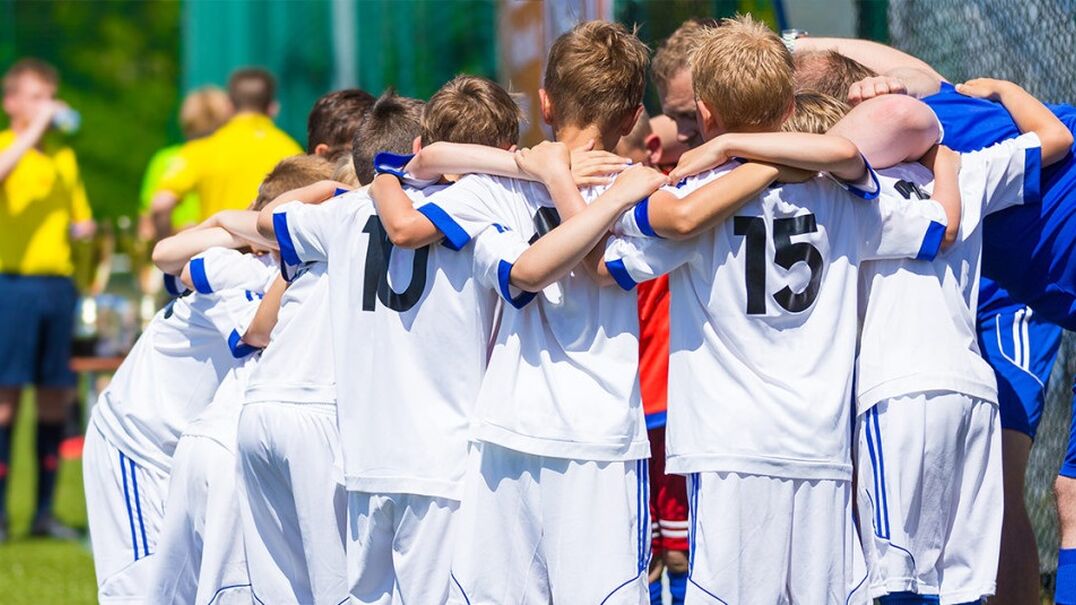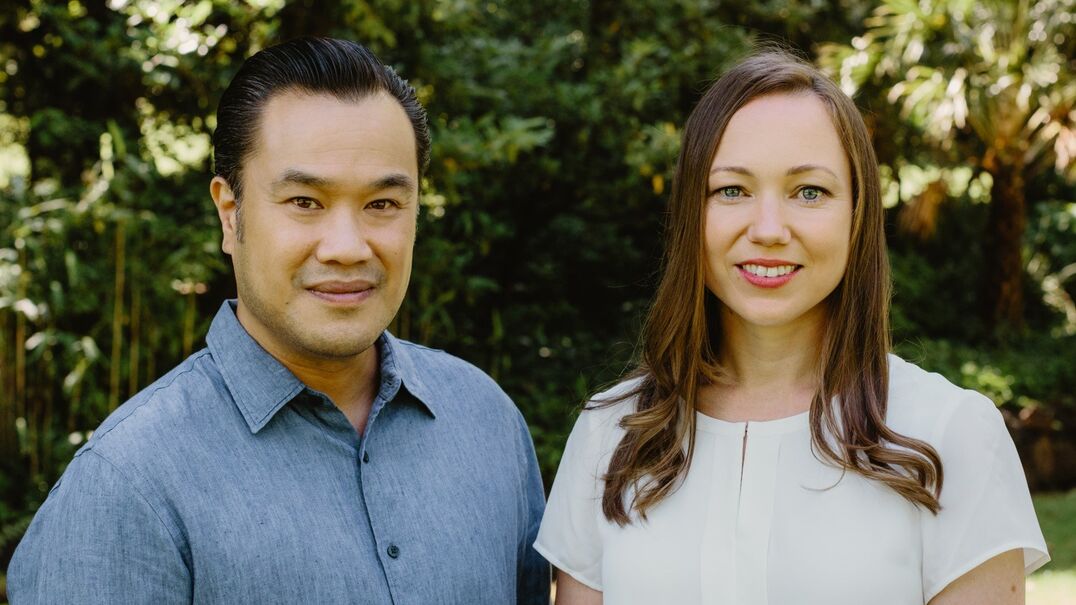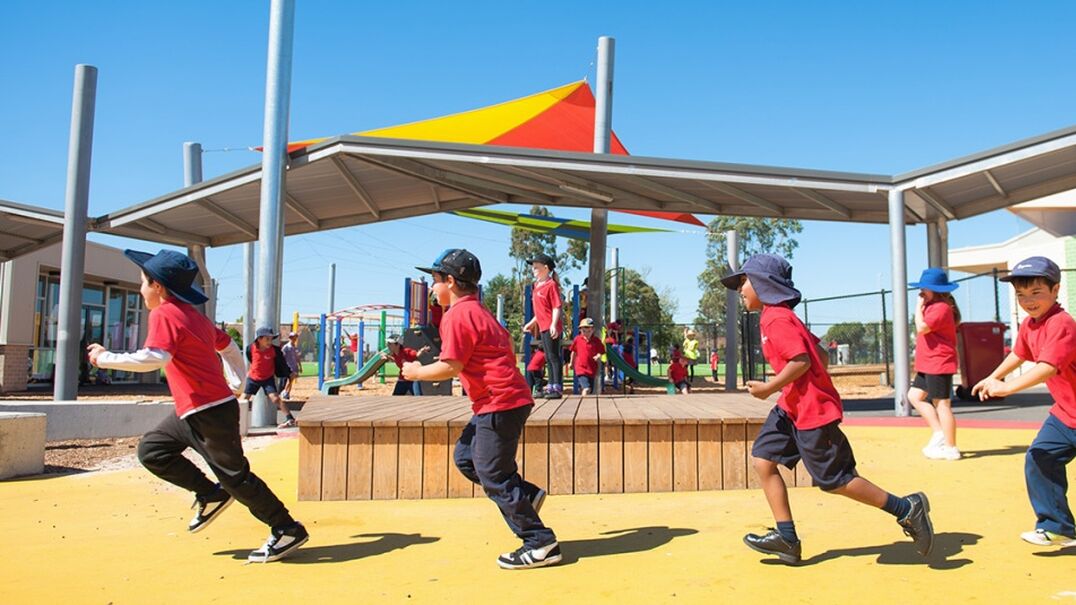The Berry Street Education Model (BSEM), deeply rooted in practice from our own multi-campus secondary school, is inherently playful. Why? Because we know how important elements of play are for healing, wellbeing and learning. Historically, however, play for older students has been framed in opposition to ‘real work’ (Mannard, 2023). This idea that play is “lacking in rigor and educational quality” is why it has often been intentionally excluded from higher education (Robinson, 2021, p.70).
A growing body of research is pushing against this binary to argue that play – involving the development of independent choice, intrinsic motivation, imagination and positive emotions – is a necessary ground for rich, rigorous learning (Forbes, 2021). We realise that lingering ideas about what ‘good learning’ looks like, alongside specific structural limitations, can function as significant barriers in secondary classrooms. In Part 1 of this article, we explore the key components of play and, the research behind its efficacy, and in Part 2 we present some practical ways we can bring (and scaffold!) a little more play for young people in secondary schools.
Defining play within classroom learning
A concept that has been examined in many disciplines, play can be difficult to define. While it is true that “play is dialectical […and] includes many contradictory elements and conflicting forces” (Hakkarainen, 2006, p.186), there are common themes across the research. These include the role of imagination and nonliteralism, as well as positive emotions.
Play is often described as a stress-free state of joy and interest (Gray, 2013; Conklin, 2014). Many definitions emphasise freedom and exploration, where the means are more valued than the ends, and where participants can shape and form structures and rules, rather than having them imposed from the environment. The concept of ‘playful learning’ is one that we find particularly helpful in a secondary context. This is when young people “develop new skills and knowledge while simultaneously experiencing the feeling and attitude of playfulness by being in a state of play” (Johnston et al., 2020, p.923). A helpful framework recently adopted by ACER describes playful learning as meaningful, actively engaging, joyful, iterative and socially interactive (Zosh et al., 2017; Parker et al., 2022).
Why we need more playful classrooms
The importance of play in early years and primary classrooms has been a settled manner for almost as long as we have had formal education (Vygotsky, 1967; Bodrova et al., 2013; Mannard, 2023). This is reflected in the Australian Government’s own Early Years Framework, where children’s rights to play is grounded in its role as both a context and a process for learning, critical thinking, agency and wellbeing (ADGE, 2022, p.21). It is also reflected in a partnership between ACER and the LEGO foundation, which has developed the aforementioned framework for play in formal schooling, with a particular focus on the transition from pre-primary to primary school (Parker et al., 2022).
There is an overwhelming amount of evidence that playful states are not only important for human development (Lai et al., 2018; Parker et al., 2022) and healing (Badenoch & Kestly, 2015; Tugade et al., 2004), but that these states are also foundational to priming the learning experience and are critical for learning itself. Barbara Fredrickson’s Broaden and Build theory (2004) suggests that emotions such as interest and joy open us to new learning. This priming function is supported by neuroscientific inquiries into positive emotions, which have found that they boost cognitive abilities – including visual attention and memory – and increase motivation for learning (Li et al., 2020).
We can even see that positive emotions, such as enjoyment and pride, may act as a critical bridge between self-regulation and academic achievement outcomes (Villavicencio & Bernardo, 2013). Of course, as well as increasing individual learning outcomes, play is a mechanism for cultivating relational safety and a warm classroom environment (Forbes, 2021). When we provide opportunities for collaborative play, we support the positive contagion effect of emotions.
Playful learning
Playful learning has been shown to shift students’ perception and experience of classrooms. As described by Parker et al., subjective student experience is a “much needed and often missing piece of the quality teaching and learning puzzle” (2022, p.7).
Contrary to beliefs that play detracts from student perceptions of rigor in the classroom, emergent research suggests that when students experience playful learning experiences, they are more likely to see teacher expectations as centred around deep understanding of concepts. Conversely, didactic methods were more likely to result in students perceiving teachers’ expectations as focused on task completion (Johnston et al., 2022) – ‘getting it done’ rather than ‘getting it done well’. In both higher education and secondary contexts, playful approaches have been linked to stronger student literacy by increasing room for connections to their own lived experiences and cultures (Mannard, 2023, 138; Forbes, 2021) as well as fostering critical thinking skills (Nash, 2022).
From a trauma-informed education standpoint, prioritising play is an imperative in all schools, particularly secondary schools, which are often covering a massive curriculum at the expense of positive priming activities. For young people who travel significant distances to school, or who live in isolated areas, barriers to play may be logistical (Connolly, 2020). For others, the absence of play may be more complex. Many young people who experience adverse childhood experiences also experience adultification – the denial of key aspects of childhood and the (often coerced) adoption of adult-like traits and responsibilities (Burton, 2007). This includes young people from economically disadvantaged backgrounds, who may additionally take on significant early employment (Burton, 2007); those who may have experienced homelessness (Schmitz & Tyler, 2016); as well as the growing body of evidence that suggests that racial identity may cause some children to be perceived as both older and less innocent than their peers (Goff et al., 2015; Cook & Halberstadst, 2021; Perillo et al., 2023).
Despite this, play – so centred in our early years – tends to get pushed to the side as we enter the doors to our secondary classrooms. There is a growing body of research on play as a mechanism for adult learning and in higher education, with a particular focus on critical and creative thinking, problem-solving, innovation and collaboration (James & Nerantzi, 2019; Forbes, 2021; Mannard, 2023). However, there is only a small body of research about play in secondary classrooms (Parker et al., 2022; Mannard, 2023).
Barriers and ways to scaffold play in secondary contexts
It is easy to see why play may be pushed to the side in high schools. There are extraordinary demands that come with secondary education: formalised, standardised assessment; short timelines; a mass of content that must be covered so that students have an equitable shot at succeeding in high-stakes assessment and exams; and shorter learning periods, which mean more time transitioning, moving and settling.
This does not even account for social factors that frame adolescence. Complex mechanisms such as our environment, culture, gender and relationships can affect possibilities for playful expression (Henricks, 2015). Much of adolescence is centred on finding and testing out perceived adult identities. If young people do not have adult role models who engage in and value play, then they may withdraw from this inherently vulnerable process (Mannard, 2023). Despite the appearance that teenagers do not want to play, emergent research indicates that many teenagers feel deprived of playful experiences, especially in schools (Connolley, 2020). For some adolescents, the language of ‘grow up and get serious’ can make it seem that we, the adults, do not have time for play and do not approve of it (Robinson, 2016, p.6).
In summary, despite craving play, many young people can find it unsafe and embarrassing. So how do we address this? In Part 2 of this article, we explore a range of practical strategies to make time for and build a safe culture of play through micro-moments embedded in instructional routines.

Monique Langley-Freeman
Bachelor of Arts (Hons) | Master of Teaching
Badenoch, B., & Kestly, T. (2015). Exploring the neuroscience of healing play at every age. In Clark, K. M. (Ed.). Play therapy: A comprehensive guide to theory and practice (524-538). Guilford Publications.
Burton, L. (2007). Childhood adultification in economically disadvantaged families: A conceptual model. Family relations, 56(4), 329-345.
Australian Government Department of Education [AGDE] (2022). Belonging, Being and Becoming: The Early Years Learning Framework for Australia (V2.0). Australian Government Department of Education for the Ministerial Council.
Bodrova, E., Germeroth, C., & Leong, D. J. (2013). Play and self-regulation: lessons from Vygotsky. American journal of play, 6(1), 111-123.
Cooke, A. N., & Halberstadt, A. G. (2021). Adultification, anger bias, and adults’ different perceptions of Black and White children. Cognition and Emotion, 35(7), 1416-1422.
Conklin, H. G. (2014). Toward more joyful learning: integrating play into frameworks of middle grades teaching. American Educational Research Journal, 51(6), 1227-1255.
Connolly, H. Commissioner for Children and Young People, South Australia (2020). Press Play — activating young people’s health and wellbeing through play.
Forbes, L. K. The Process of Play in Learning in Higher Education: A Phenomenological Study. Journal of Teaching and Learning, 15(1), 57-73.
Fredrickson, B. L. (2004). The broaden-and-build theory of positive emotions. Philosophical transactions of the Royal Society of London. Series B: Biological Sciences, 359(1449), 1367-1377.
Goff, P. A., Jackson, M. C., Di Leone, B. A. L., Culotta, C. M., & DiTomasso, N. A. (2014). The essence of innocence: consequences of dehumanizing Black children. Journal of personality and social psychology, 106(4), 526.
Gray, P. (2013). Definitions of play. Scholarpedia, 8(7), 30578.
Henricks, T. S. (2015). Play and the human condition. University of Illinois Press.
Kim, G. M., & Johnson, L. L. (2021). Playful Practices: Reimagining Literacy Teacher Education through Game-Based Curriculum Design. Research in the Teaching of English, 55(3), 241-264.
James, A. and Nerantzi, C. (Eds.) (2019) The power of play in higher education: Creativity in tertiary learning. Cham, Switzerland: Palgrave Macmillan.
Johnston, O., Wildy, H., & Shand, J. (2023). Teenagers learn through play too: communicating high expectations through a playful learning approach. The Australian Educational Researcher, 50(3), 921-940.
Lai, N. K., Ang, T. F., Por, L. Y., & Liew, C. S. (2018). The impact of play on child development – a literature review. European Early Childhood Education Research Journal, 26(5), 625-643.
Li, L., Gow, A. D. I., & Zhou, J. (2020). The role of positive emotions in education: A neuroscience perspective. Mind, Brain, and Education, 14(3), 220-234.
Mannard, E. (2023). Playful pluralities: exploring play and playful literacies across ages, spaces and places. English Teaching: Practice & Critique. Emerald Publishing.
Medina, C. L., Perry, M., & Wohlwend, K. (2022). Playful methods: Engaging the unexpected in literacy research. Taylor & Francis.
Nash, B. L., & Brady, R. B. (2022). Video games in the secondary English language arts classroom: A state‐of‐the‐art review of the literature. Reading Research Quarterly, 57(3), 957-981.
Vasudevan, L. (2015). Multimodal Play and Adolescents: Notes on Noticing Laughter. Journal of Language and Literacy Education, 11(1), 1-12.
Vygotsky, L. S. (1967). Play and its role in the mental development of the child. Soviet psychology, 5(3), 6-18.
Parker, R., Thomsen, B. S., & Berry, A. (2022). Learning through play at school – A framework for policy and practice. Frontiers in Education, 7, 751801.
Perillo, J. T., Sykes, R. B., Bennett, S. A., & Reardon, M. C. (2023). Examining the consequences of dehumanization and adultification in justification of police use of force against Black girls and boys. Law and Human Behavior, 47(1), 36.
Robinson, M. (2014). 11-18 Secondary School Play: The research behind play in schools. Grounds for Learning. https://ltl.org.uk/wp-content/....
Schmitz, R. M., & Tyler, K. A. (2016). Growing Up Before Their Time: The Early Adultification Experiences of Homeless Young People. Children and youth services review, 64, 15–22. https://doi.org/10.1016/j.childyouth.2016.02.026
Stahmer, A. C., & Schreibman, L. (1992). Teaching children with autism appropriate play in unsupervised environments using a self‐management treatment package. Journal of Applied Behavior Analysis, 25(2), 447-459.
Tugade, M. M., Fredrickson, B. L., & Feldman Barrett, L. (2004). Psychological resilience and positive emotional granularity: Examining the benefits of positive emotions on coping and health. Journal of personality, 72(6), 1161-1190.
Villavicencio, F. T., & Bernardo, A. B. (2013). Positive academic emotions moderate the relationship between self‐regulation and academic achievement. British Journal of Educational Psychology, 83(2), 329-340.
Yoon, H.S. (2019), Playful literacies, creativity, and multilingual practices. The Reading Teacher,
72(5), 551-557.Zosh, J. N., Hopkins, E. J., Jensen, H., Liu, C., Neale, D., Hirsh-Pasek, K., Solis, S.L. & Whitebread, D. (2017). Learning through play: a review of the evidence. Billund, Denmark: LEGO Fonden.



